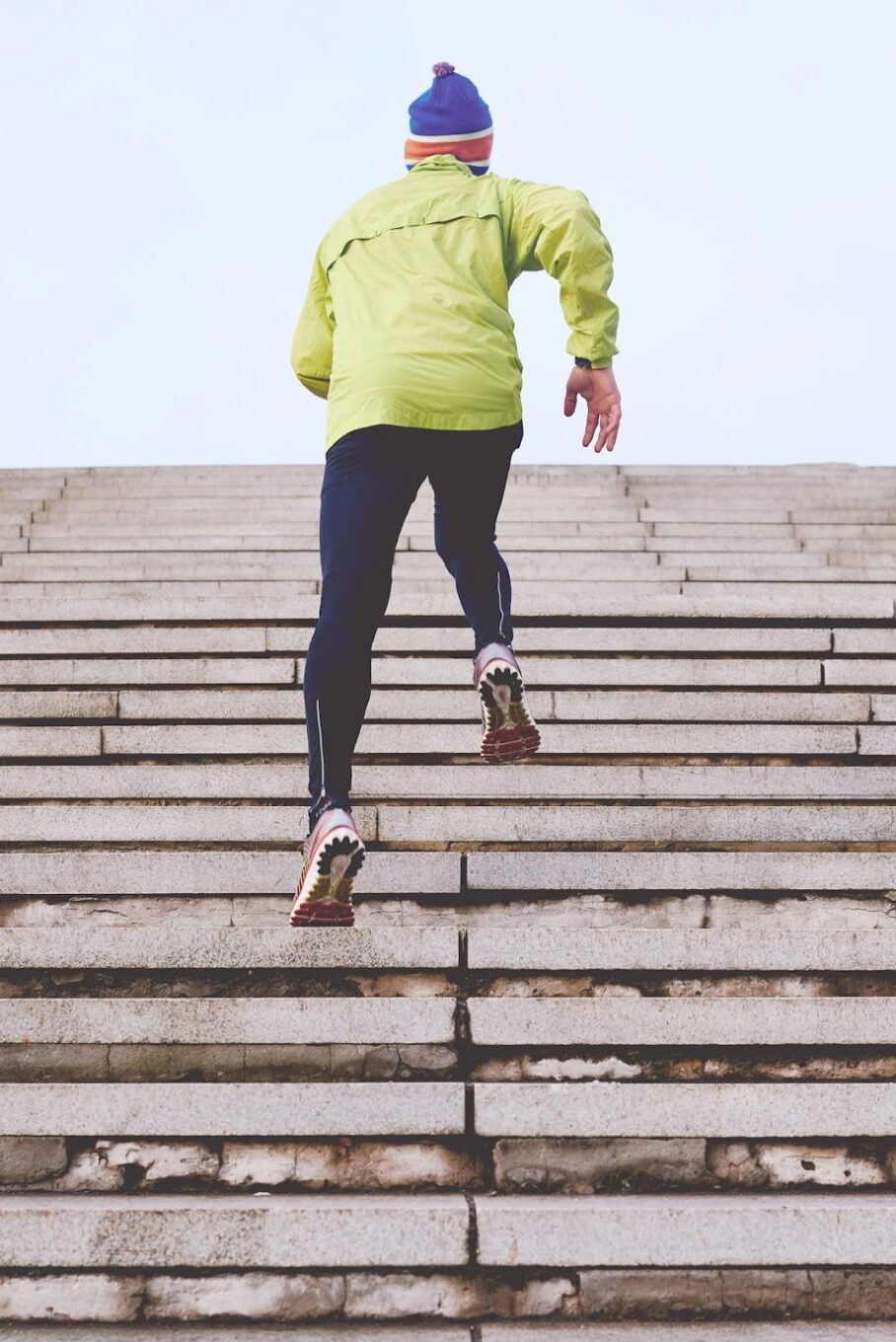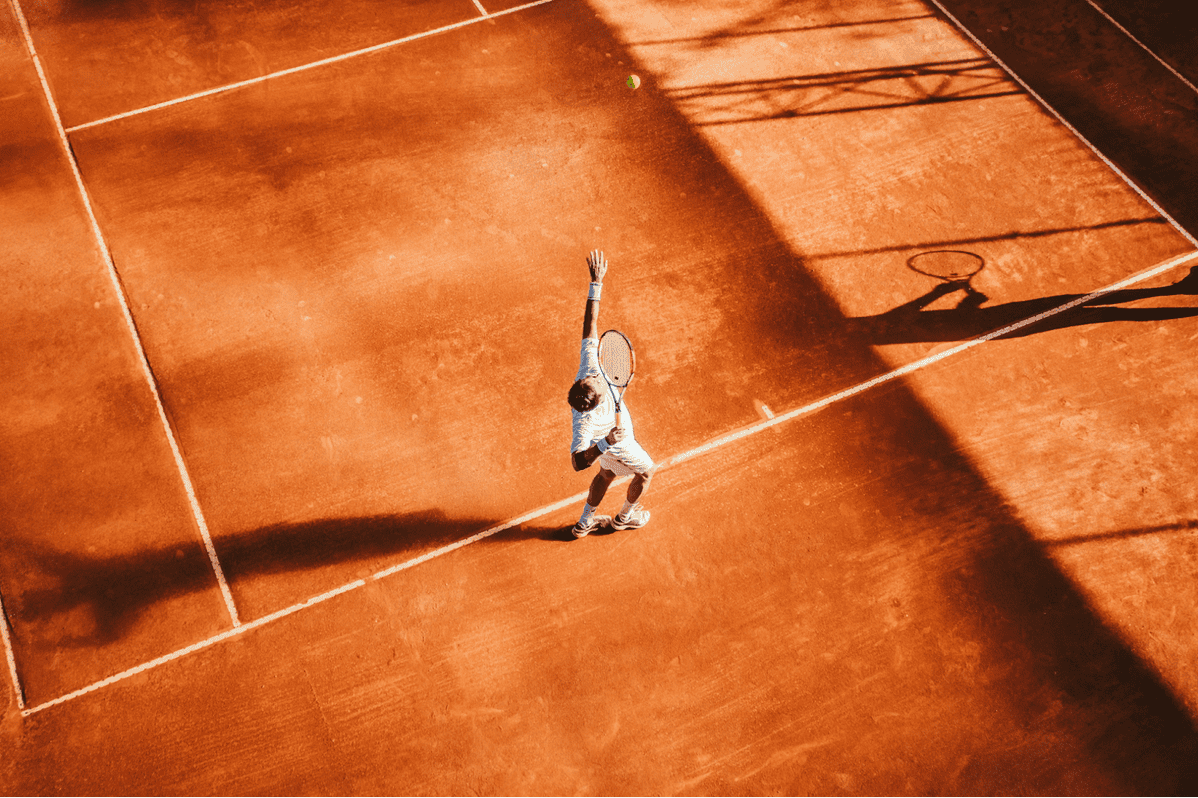Physical therapy plays a crucial role in the recovery process for athletes who have sustained sports injuries. Whether it’s a minor sprain, a serious fracture, or a recurring strain, physical therapy offers a comprehensive approach to rehabilitation that helps athletes return to their peak performance levels.
Through targeted exercises, manual therapies, and various modalities such as ultrasound or electrical stimulation, physical therapists work to alleviate pain, restore function, and prevent future injuries. By understanding the unique demands placed on athletes’ bodies, physical therapy serves as an indispensable component of a successful recovery plan.

Initial Assessment and Diagnosis
The initial assessment and diagnosis are critical steps in crafting a tailored physical therapy plan for sports injury recovery. A thorough evaluation allows the physical therapist to understand the extent of the injury and develop a personalized treatment strategy. This assessment typically includes a detailed medical history, physical examination, and possibly imaging studies such as X-rays or MRI scans. These tools help identify the underlying cause of the injury and any contributing factors.
Understanding the athlete’s sport and position is also essential during the initial assessment. Different sports and positions place unique demands on the body, and recognizing these specifics can significantly impact the treatment approach. For example, a sprinter’s recovery plan may differ substantially from that of a basketball player due to the distinct biomechanics involved in each sport. Collaborative communication with the athlete, coaches, and medical professionals ensures that all aspects of the injury are addressed, setting the stage for a successful rehabilitation journey.
For a shoulder injury, the therapist may ask what is the range of motion in the shoulder and if any specific activities cause pain or discomfort. The experts at SPORT Orthopedics + Physical Therapy also note that, by using a shoulder pain diagnosis chart, patients can get a better understanding of what affects certain parts of the shoulder. The shoulder joint is both important and complex, which makes it difficult to determine the source of pain without a proper medical examination. Therefore, it’s crucial to have a trained physical therapist assess the injury to develop an accurate diagnosis.
Pain Management Strategies
Pain management is a crucial component of the rehabilitation process, particularly in the early stages of sports injury recovery. Physical therapists employ a combination of techniques to alleviate pain and inflammation, enabling athletes to engage in therapeutic exercises without discomfort. Modalities such as ice, heat, electrical stimulation, and ultrasound can provide temporary relief and reduce swelling. In some cases, manual therapy techniques like massage, joint mobilization, and myofascial release may also be utilized to ease pain and improve tissue elasticity.
Effective pain management not only enhances the athlete’s comfort but also promotes faster healing and functional restoration. By controlling pain, physical therapists can guide athletes through progressive exercises that target the injured area without exacerbating the injury. This approach ensures that rehabilitation moves forward productively, helping athletes regain strength, mobility, and confidence in their bodies as they work towards resuming their sport.
Restorative Exercises and Strength Building
Restorative exercises play a pivotal role in the recovery process, focusing on strengthening the injured area and restoring normal function. Physical therapists design specific exercise programs tailored to the athlete’s injury, ensuring that the exercises target the affected muscles, ligaments, and tendons while avoiding excessive strain. These exercises gradually increase in intensity and complexity, matching the athlete’s progress and promoting optimal recovery.
Strength building is essential not only for the injured area but also for the entire body. A well-rounded exercise program considers the athlete’s overall muscular balance and stability, addressing any weaknesses or imbalances that could lead to future injuries. By emphasizing core strength, flexibility, and endurance, physical therapists help athletes build a resilient foundation that can withstand the demands of their sport. This comprehensive approach aids in a safer and more efficient return to pre-injury performance levels.
Flexibility and Range of Motion Enhancement
Improvements in flexibility and range of motion are integral to the rehabilitation process, ensuring that athletes can move efficiently and effectively without restrictions. Stretching exercises, both static and dynamic, are commonly incorporated into the therapy plan to elongate muscles and enhance joint mobility. Techniques such as proprioceptive neuromuscular facilitation (PNF) stretching may also be used to further augment flexibility. By regularly performing these activities, athletes can prevent stiffness and maintain functional movement patterns essential for their sport.
Physical therapists often employ joint mobilization techniques to improve the range of motion in specific areas. These methods involve the careful manipulation of joints to increase their fluidity and reduce any capsular restrictions that may have developed due to the injury. Consistent practice of these techniques can help re-establish the body’s natural movement patterns, minimizing the risk of compensatory injuries. Additionally, incorporating flexibility into the treatment plan fosters better coordination and reduces the likelihood of recurrence, allowing athletes to return to their sport with enhanced performance capabilities.
The psychological aspect of sports injury recovery is another crucial component that should not be overlooked. Rehabilitating an injury can be both mentally and physically demanding for athletes, and maintaining a positive mindset throughout the process is essential for successful recovery. Physical therapists play a vital role in encouraging, setting realistic goals, and celebrating milestones with their patients. This support helps athletes stay motivated and compliant with their rehabilitation program, ultimately leading to more effective recovery outcomes.
Neuromuscular Re-education
Neuromuscular re-education is a critical component of physical therapy, aimed at retraining the brain and muscles to work together effectively. Following an injury, the body’s neuromuscular patterns may be disrupted, leading to altered movement mechanics and an increased risk of re-injury. Physical therapists use various techniques, including balance training, proprioceptive exercises, and coordination drills, to restore optimal neuromuscular function.
Athletes often engage in sport-specific drills and activities that mimic the demands of their sport, helping to reinforce proper movement patterns. This re-education process is essential for ensuring that athletes can perform complex movements with precision and efficiency. By improving neuromuscular control, physical therapists help athletes regain confidence in their abilities, reducing the likelihood of re-injury and enhancing overall performance.
Functional Training and Sport-Specific Rehabilitation
Functional training and sport-specific rehabilitation are key elements in preparing athletes to return to their sport. This phase of physical therapy focuses on exercises and activities that closely simulate the movements and demands of the athlete’s sport. By integrating sport-specific drills into the rehabilitation program, physical therapists help athletes regain the skills and confidence needed for optimal performance.
Functional training also emphasizes the development of strength, agility, and endurance required for the athlete’s specific role in their sport. Whether it’s sprinting, jumping, or pivoting, these exercises are tailored to the athlete’s needs, ensuring that they are fully prepared for the physical challenges of their sport. This comprehensive approach not only aids in recovery but also enhances overall athletic performance, reducing the risk of future injuries.
Injury Prevention Education
Injury prevention education is a vital aspect of the rehabilitation process, empowering athletes with the knowledge and skills to minimize the risk of future injuries. Physical therapists play a crucial role in educating athletes on proper techniques, body mechanics, and training strategies that can help prevent re-injury. This education often includes guidance on warm-up and cool-down routines, correct posture during activities, and the importance of wearing appropriate protective gear. By understanding these preventive measures, athletes are better equipped to maintain their health and continue participating in their sport safely.
One key element of injury prevention education is teaching athletes how to listen to their bodies and recognize early signs of potential issues. Athletes are encouraged to pay attention to any unusual pain, discomfort, or changes in their performance, and to seek professional advice promptly if they suspect a problem. Early intervention can prevent minor issues from escalating into more serious injuries, ensuring that athletes can continue their training and competition with minimal disruption. Physical therapists may also provide athletes with self-management strategies, such as specific stretches or exercises, that they can incorporate into their daily routines to maintain their physical well-being.
Nutrition and hydration play an essential role in injury prevention and overall athletic performance. Physical therapists and other healthcare professionals can educate athletes on the importance of a balanced diet, rich in essential nutrients, to support muscle recovery and energy levels. Proper hydration techniques, especially before, during, and after strenuous activities, are also emphasized to prevent cramps and maintain optimal function. By integrating nutritional advice into injury prevention education, athletes can achieve a holistic approach to their training, enhancing both their performance and longevity in their sport.
The Role of Nutrition in Recovery
Nutrition plays a crucial role in the recovery process, providing the necessary nutrients to support healing and tissue repair. Physical therapists often collaborate with nutritionists to develop personalized dietary plans that align with the athlete’s recovery needs. Adequate protein intake, for example, is essential for muscle repair and growth, while vitamins and minerals like vitamin C and zinc play a role in collagen synthesis and immune function.
Proper hydration is also emphasized, as it helps maintain joint lubrication and supports overall physiological function. Athletes are educated on the importance of nutrient-dense foods that promote recovery and optimize performance. By addressing nutritional needs, physical therapy not only facilitates efficient healing but also enhances the athlete’s overall health and resilience.

The journey through sports injury recovery is multifaceted, requiring a carefully coordinated effort that integrates pain management, restorative exercises, flexibility and range of motion enhancement, neuromuscular re-education, functional training, and nutrition. Each aspect plays a crucial role in ensuring athletes can return to their sport with not only restored physical capabilities but also improved performance and reduced risk of future injuries.
Meta Keywords: sports injury recovery, physical therapy, pain management, restorative exercises, neuromuscular re-education, functional training, injury prevention, nutrition
Meta Description: A detailed guide on the multifaceted approach to sports injury rehabilitation, covering pain management, restorative exercises, flexibility enhancement, neuromuscular re-education, functional training, and the role of nutrition.





